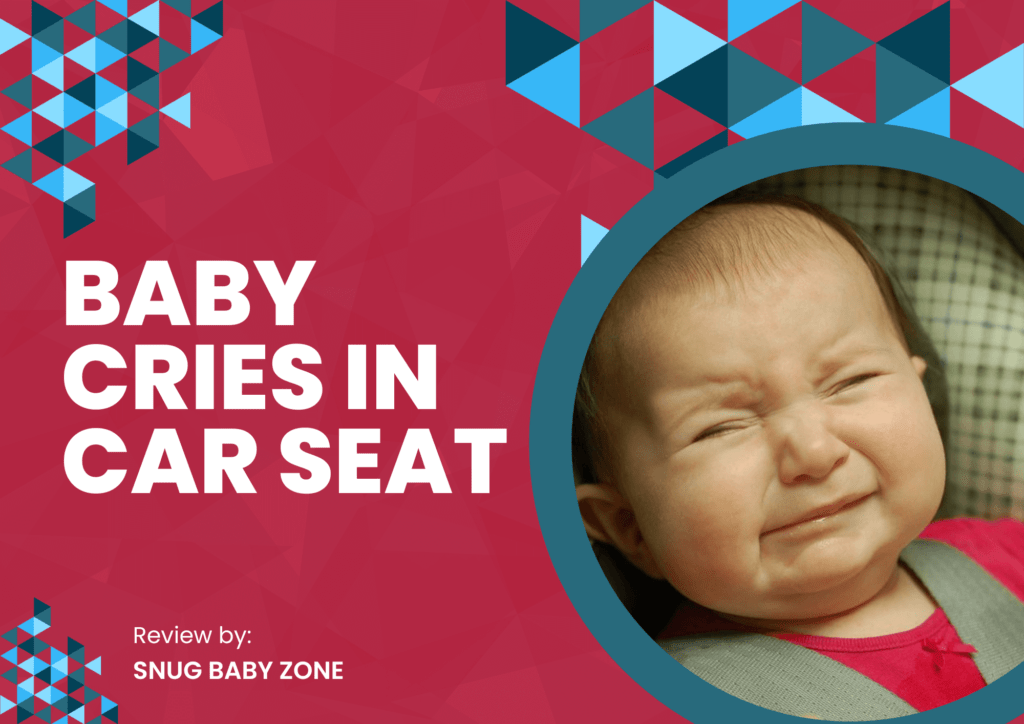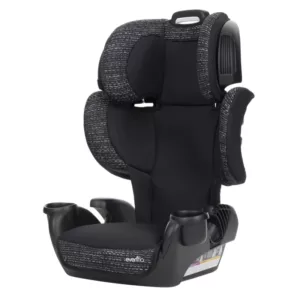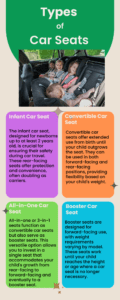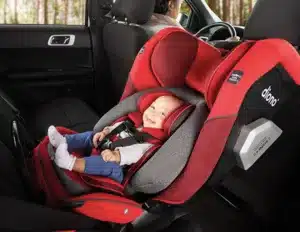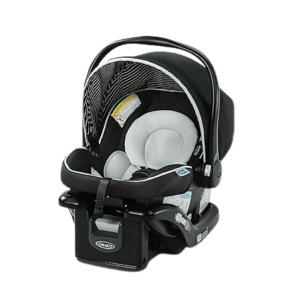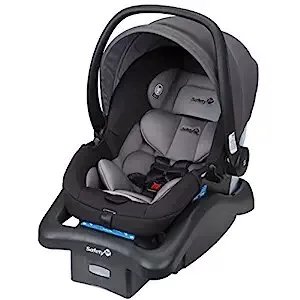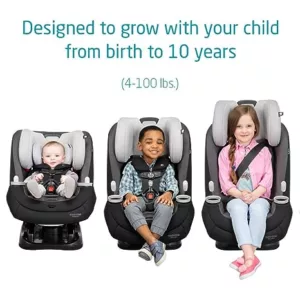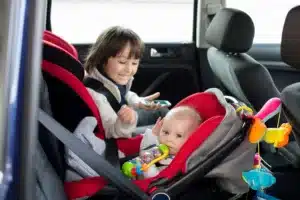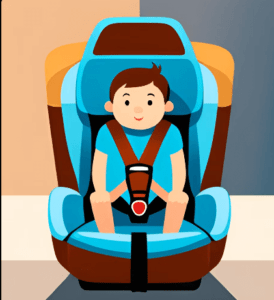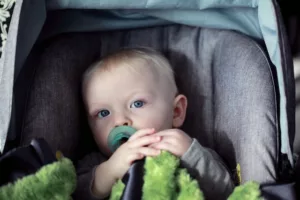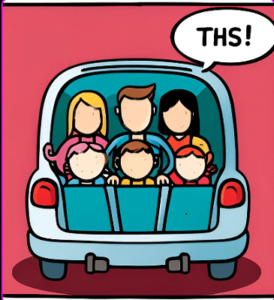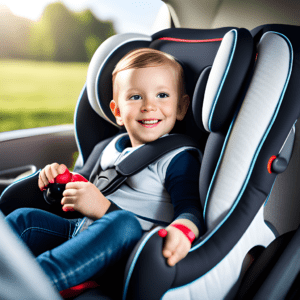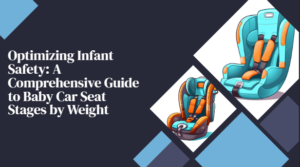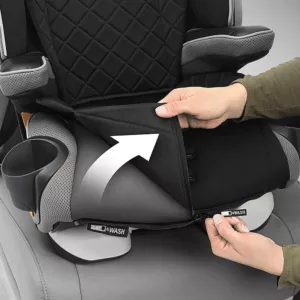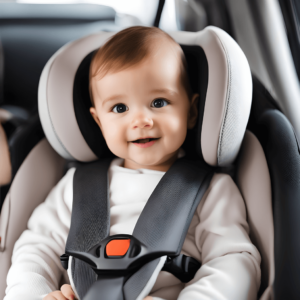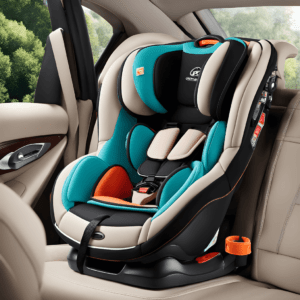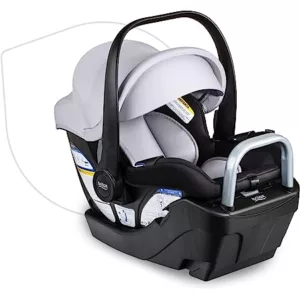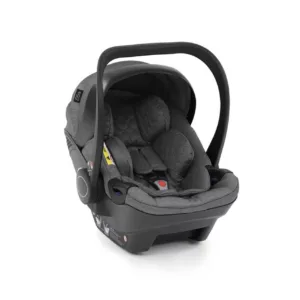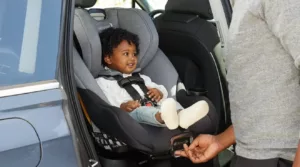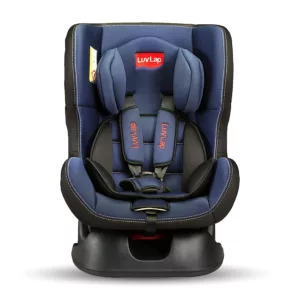Learn when your baby cries in car seat. Ensure a peaceful and safe journey with our comprehensive guide.
Thank you for reading this post, don't forget to subscribe!Travelling with little ones is an adventure filled with joy, but the harmony of the journey can be disrupted when your baby starts crying in their car seat. Selecting, installing, and correctly using car seats or booster seats can be stressful on its own, and adding a crying infant or toddler to the mix can turn even the simplest drives into a real challenge for everyone in the car.
From addressing improper seat fit to managing over stimulation, learn effective strategies to navigate the challenges when your baby cries in a car seat. Ensure a peaceful and safe journey with our comprehensive guide.
In this guide, we’ll delve into the reasons behind babies’ distress in car seats and offer practical tips to help you navigate those tearful moments with ease.
Understanding the Tears: Why Baby Cries in Car Seat?
Table of Content
Toggle
Babies cry for various reasons, and the car seat environment can amplify their discomfort. Identifying the underlying reasons is crucial in order to discover solutions that are truly effective.
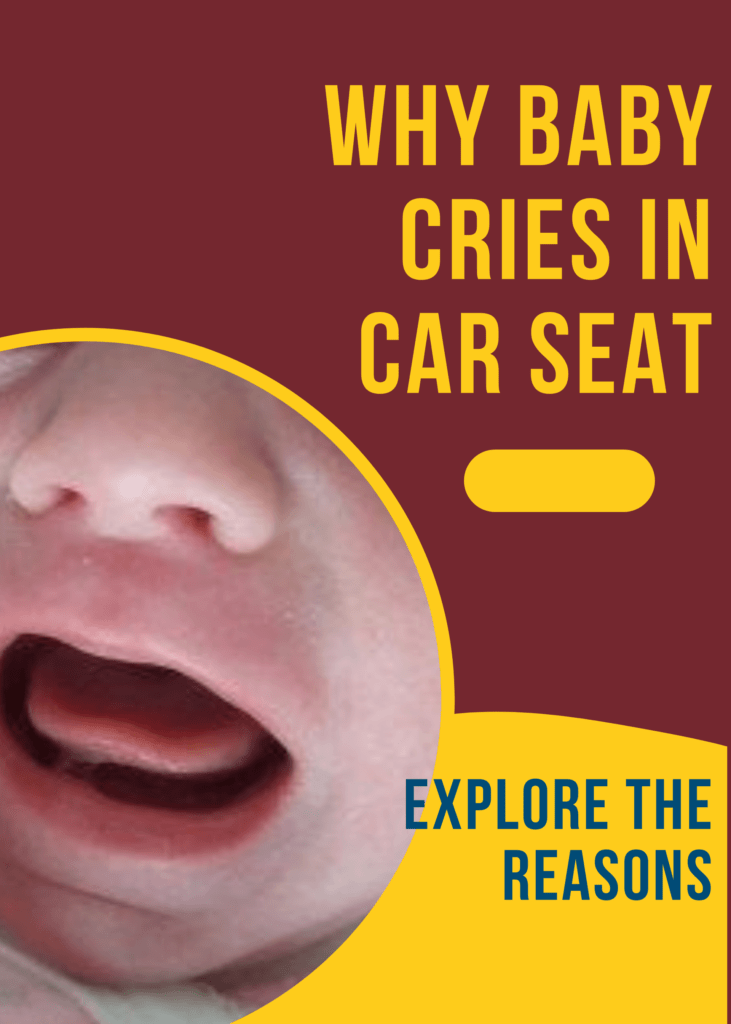
1. Improper Seat Fit:
Ensuring that the car seat is correctly fitted to your child’s size is crucial. Ill-fitting seats can cause discomfort and lead to tears.
2. Body Temperature:
Babies are sensitive to temperature changes. Being too hot or too cold in the vehicle can contribute to their distress.
3. Health Issues:
If your child is not feeling well, the car ride might exacerbate their discomfort, leading to tears.
4. Boredom and Restlessness:
Long drives can be tedious for little ones, leading to boredom and restlessness.
5. Feeling Confined:
Some babies don’t like the feeling of being confined in a car seat, especially if it restricts their movement.
6. Perceived Isolation:
Babies may feel alone in the backseat, contributing to their unease.
7. Fussiness by Nature:
Babies used to being held may find the lack of constant physical contact in a car seat unsettling and upsetting.
8. Motion Sickness:
Some babies, although more commonly seen in toddlers, can experience fussiness due to motion sickness.
9. Premature or Colic:
Premature and colicky babies, sensitive to light, noise, and movement, may find car seats discomforting. The exposure to increased motion and noise in the back of the car seat can further stimulate their senses.
10. Over Stimulation:
Excessive noise, movement, or visual stimuli can overwhelm your baby, leading to distress and crying.
Proactive Tips to Ease the Tears When Baby Cries in Car Seat:
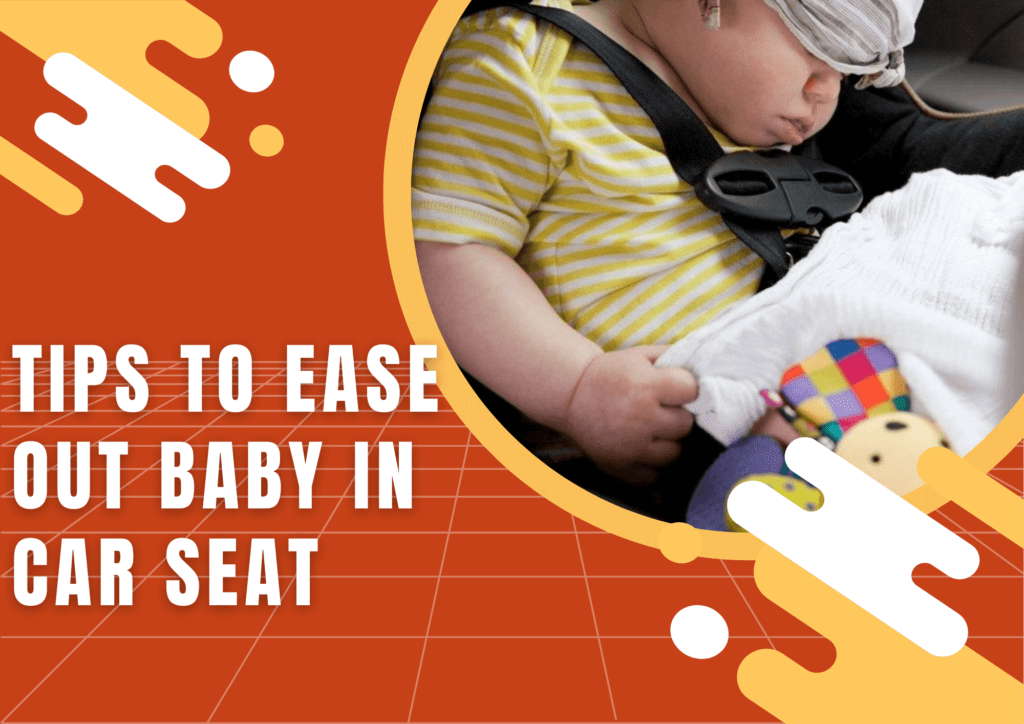
Check The Car Seat:
Assess the recline angle, especially for rear-facing seats. Older babies with good head control may prefer a slightly more upright position. Regularly check the harness height and tension. Make necessary modifications to cater to the changing needs of your growing child.
Consider Changing Car Seats:
Transitioning to a convertible or multi mode car seat can provide a more comfortable, upright position for babies with sufficient head and neck control.
Temperature Management:
Make sure your baby is dressed suitably for the current temperature. Adjust clothing layers and consider seat placement near a rear vent or using accessories like a Noggle for better climate control.
Digestive Comfort:
Avoid immediate car rides after meals to minimise the risk of indigestion, particularly if your baby is prone to motion sickness.
Communication and Understanding:
Understand that as your child learns to communicate, they may express discomfort more clearly, leading to easier problem resolution.
Additional Strategies for Baby Cries in Car Seat:

Nap Time Drives:
- Plan your drives during your baby’s nap times to increase the likelihood of a peaceful, tear-free journey.
Auditory Distractions:
- Experiment with playing soothing music or white noise. Singing along can also be a helpful distraction.
Comfort Items:
- Introduce a special soft toy designated for car rides to provide a comforting distraction.
Companion Seating:
- If possible, have an adult or older child sit next to your baby to offer comfort and distraction, allowing the driver to focus on the road.
As you navigate the challenges of a crying baby in the car, implementing these proactive measures can significantly improve the travel experience for both you and your little one, making those family journeys more enjoyable. Understanding the reasons behind the tears and adopting practical solutions not only ensures a smoother ride but also contributes to the overall well-being of your child.
When Will the Crying Stop?
As infants mature, they typically overcome the fussiness associated with being in a car seat. As infants mature, they typically overcome the fussiness associated with being in a car seat. While some children may never fully embrace car seats, it’s crucial to prioritise safety. Speak to your child in a calm and reassuring manner, expressing understanding of their aversion to the car seat, while emphasising the importance of adhering to it as a crucial safety measure.
Conclusion: Overcoming the Challenges of Baby Cries in Car Seat
Some babies simply don’t enjoy car rides, and there may be instances where all the tips and tricks have been tried with no success. It’s important to remember that, in most cases, children do outgrow this phase, and patience is key. Implementing these proactive measures can significantly improve the travel experience for both you and your little one, making those family journeys more enjoyable. Safe travels!
Frequently Asked Questions about Baby Cries in Car Seat
What is the reason behind my baby crying in the car seat?
Understand the common reasons behind your baby’s distress in the car seat, including factors like improper seat fit, over stimulation, or discomfort.
How can I check if the car seat is fitted correctly?
Learn the essential steps to ensure your baby’s car seat is properly installed, considering factors like recline angle, harness height, and tension.
What can I do to soothe my baby during car rides?
Explore effective strategies to calm your baby, such as adjusting the car seat, managing temperature, and using distractions like music or comfort items.
Is it normal for toddlers to protest against car seats?
Understand the common behaviour of toddlers resisting car seats and discover tips on how to handle protests while ensuring their safety.
How do I know if my baby has motion sickness in the car seat?
Recognise signs of motion sickness in babies, including fussiness, and learn preventive measures to make car rides more comfortable for them.
When will my baby outgrow the discomfort in the car seat?
Gain insights into the developmental phases when babies tend to outgrow the fussiness associated with car seats and how to encourage a positive association.
Are there specific toys or accessories that can help during car rides?
Discover recommended toys, accessories, or comfort items that can keep your baby engaged and content during car journeys, making the experience more enjoyable for both of you.
Additional Resource:
- How to Keep Cool Baby in Car Seat
- How Effective Car Seat in Collision
- Keep a Baby Happy in Car Seat
- What are the Safest and Best Car Seats
- Types of Car Seats
- NHTSA Recommendations for Car Seats
